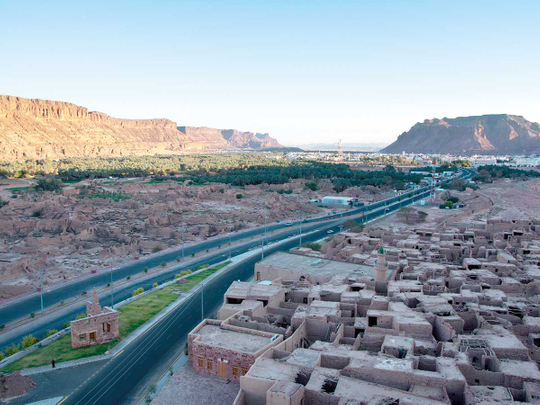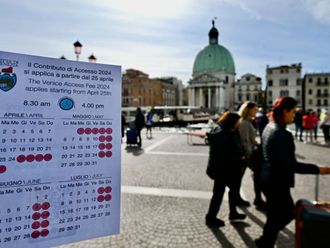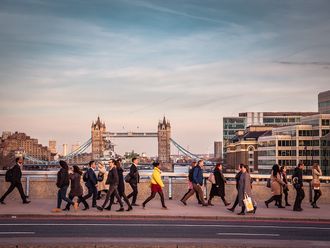
New York: Saudi Crown Prince Mohammad Bin Salman has set multiple ambitious agendas for his desert kingdom. Turning it into a major cultural destination may end up being one of the highest-profile.
For part of the plan, the Saudi government has turned to Sotheby’s, the biggest US auction house, and Allan Schwartzman, the co-chairman of its fine art division. He rose to fame by creating an arts dreamland in the Brazilian jungle for a mining magnate who was later convicted of money laundering.
The Saudi cultural center would take root in Al-Ula, an archaeologically rich region in the northwest of the country. There, the Nabateans, a formerly nomadic tribe of skilled craftsman and traders, carved elaborate buildings out of sandstone more than 2,000 years ago. The region contains an ancient city, Mada’in Salih, which was Saudi Arabia’s first Unesco World Heritage Site.
Schwartzman’s connection is twofold: He serves on the advisory board of the Royal Commission for Al-Ula, an entity overseeing the region’s development, and he leads Art Agency Partners, Sotheby’s art advisory arm, which submitted a plan for a sprawling contemporary art initiative on the site.
The collaboration with Sotheby’s is in an “exploratory phase,” Rosie Marsh, a spokeswoman for the royal commission, said.
“An active dialogue is underway internally about this project, as there is about all potential initiatives and partnerships the company considers,” Sotheby’s said in a statement.
Sotheby’s proposed to “unequivocally position Al-Ula as unique among other worldwide cultural destinations as a major patron of the arts,” according to documents obtained by Bloomberg.
The auction house invited more than a dozen artists to submit proposals. Beginning in late October, about five of them visited the site.
Sotheby’s, Schwartzman, and the royal commission declined to comment on the art proposals, and Marsh said no works have yet been commissioned. If approved, submissions could form the backbone of a travelling exhibition that might help drum up interest in the project, according to Sotheby’s proposal.
The artists “will be asked to dream their biggest dream and envisage a project which may or may not be realised, but will represent the ultimate expression of them as an artist,” Sotheby’s said in the proposal.
The organisation’s website states that a strategic plan is underway; a subsequent masterplan will take from six to nine months, and then the actual infrastructure construction will take from three to five years. “Infrastructure and facilities must be created for visitors to experience the world-class cultural experiences that Al-Ula deserves,” the project’s website states.
“Central to the vision for this future development is local, regional and international access to the remarkable human and natural heritage of Al-Ula,” said Marsh. “Interpretations through contemporary art is just one direction being explored.’












